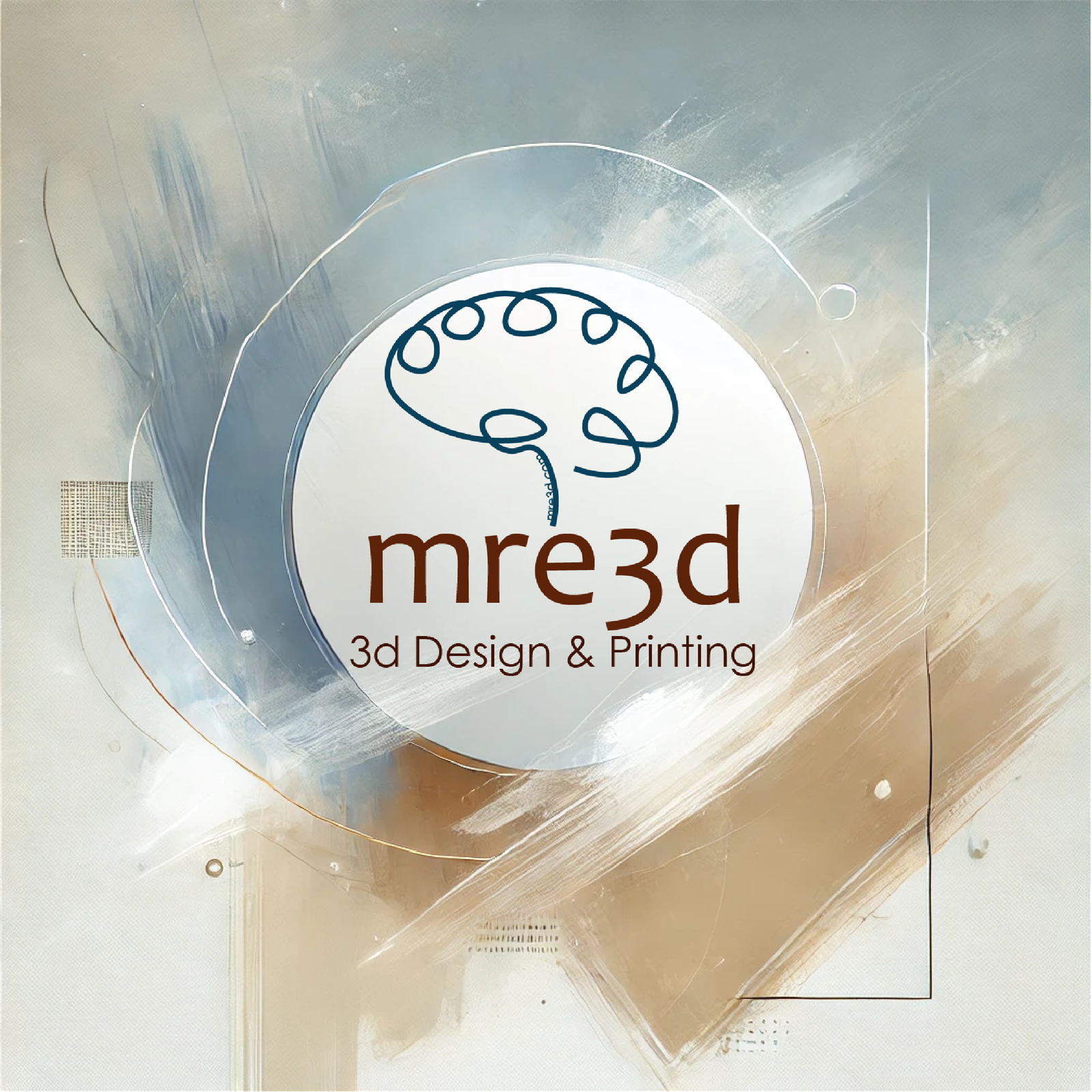The world of 3D printing continues to evolve with innovative materials that expand creative possibilities. Among these game-changing materials is conductive FDM filament – a specialized printing material that’s bridging the gap between 3D printing and electronics manufacturing.
What is Conductive FDM Filament?
Conductive FDM filament is a thermoplastic material infused with conductive particles, typically carbon black, carbon nanotubes, or metal powders. Unlike traditional 3D printing filaments that act as insulators, these materials can conduct electricity, allowing you to print functional electronic components, circuits, and conductive pathways directly into your 3D models.
The base polymers are usually PLA, ABS, or TPU, combined with conductive additives that create pathways for electrical current while maintaining printability through standard FDM printers.
Types and Applications
Carbon-Based Filaments
The most common type uses carbon black or graphene additives. These filaments offer moderate conductivity and are ideal for:
- Touch sensors and capacitive switches
- Static dissipation applications
- Low-voltage circuits and traces
- Prototype electronic housings
- Educational electronics projects
Metal-Filled Filaments
These premium filaments contain copper, silver, or steel particles, providing higher conductivity for:
- RF shielding and electromagnetic interference (EMI) protection
- Antenna elements for IoT devices
- High-current applications
- Functional electrical connectors
- Heat dissipation components
Flexible Conductive Filaments
TPU-based conductive filaments enable:
- Wearable electronics and smart textiles
- Flexible circuits and sensors
- Pressure-sensitive switches
- Bendable electronic components
Physical Attributes
Conductive filaments exhibit unique characteristics that distinguish them from standard materials:
Electrical Properties: Resistance typically ranges from 10 to 10,000 ohms per centimeter, depending on the conductive additive concentration. While not matching traditional copper wire conductivity, they’re sufficient for many electronic applications.
Mechanical Properties: The addition of conductive particles often makes filaments more brittle than their non-conductive counterparts. Layer adhesion may be reduced, and the material might be more prone to cracking under stress.
Surface Finish: These filaments typically produce a matte, dark finish due to carbon content or metallic particles. The surface may appear slightly rough compared to standard plastics, with visible conductive particles.
Thermal Characteristics: Most conductive filaments print at similar temperatures to their base polymers (190-220°C for PLA-based, 240-260°C for ABS-based), though some metal-filled variants may require higher temperatures.
Advantages of Conductive FDM Filament
Design Integration
The most significant advantage is the ability to embed electrical functionality directly into printed objects. This eliminates the need for separate assembly steps and enables complex internal geometries impossible with traditional manufacturing.
Rapid Prototyping
Engineers and designers can quickly iterate electronic designs, testing form, fit, and basic functionality in a single print job. This dramatically reduces development time for electronic enclosures and simple circuits.
Cost-Effective Small Runs
For low-volume production or custom electronics, conductive filament printing can be more economical than traditional PCB manufacturing and assembly processes.
Educational Value
These materials provide an excellent introduction to electronics concepts, allowing students and hobbyists to visualize current flow and circuit design in three dimensions.
Customization Opportunities
Each application can be uniquely tailored without tooling costs, making custom sensors, switches, and electronic components economically viable for specialized applications.
Disadvantages and Limitations
Limited Conductivity
Even the best conductive filaments can’t match the electrical performance of traditional copper traces. High-current applications or precision electronics requiring low resistance remain challenging.
Print Quality Challenges
Conductive particles can cause nozzle wear and clogging issues. The material often requires slower print speeds and may produce less precise dimensional accuracy compared to standard filaments.
Material Cost
Conductive filaments are significantly more expensive than standard materials, with prices often 3-10 times higher than regular PLA or ABS.
Processing Difficulties
These materials can be more challenging to print consistently. Bed adhesion issues, warping, and layer delamination are common problems that require careful parameter tuning.
Durability Concerns
The mechanical properties are often compromised, resulting in more brittle parts that may fail under mechanical stress or repeated flexing.
Limited Color Options
Most conductive filaments are available only in black or dark colors due to the carbon or metal additives, limiting aesthetic design choices.
Best Practices for Success
To achieve optimal results with conductive filaments:
- Use hardened steel or ruby-tipped nozzles to reduce wear
- Print at slower speeds (30-50% of normal speed)
- Ensure proper bed adhesion with appropriate surfaces
- Store filament in dry conditions to prevent moisture absorption
- Consider post-processing techniques to improve conductivity
Conclusion
Conductive FDM filament represents an exciting frontier in additive manufacturing, enabling the creation of functional electronic devices through 3D printing. While current materials have limitations in conductivity and printability, they open new possibilities for rapid prototyping, education, and specialized applications.
As technology advances, we can expect improved formulations that offer better conductivity, enhanced mechanical properties, and easier processing. For now, conductive filaments serve as valuable tools for innovators willing to work within their constraints to create unique electronic solutions.
Whether you’re an engineer prototyping IoT devices, an educator teaching electronics concepts, or a maker exploring the intersection of 3D printing and electronics, conductive filaments offer an accessible entry point into the world of printed electronics.

